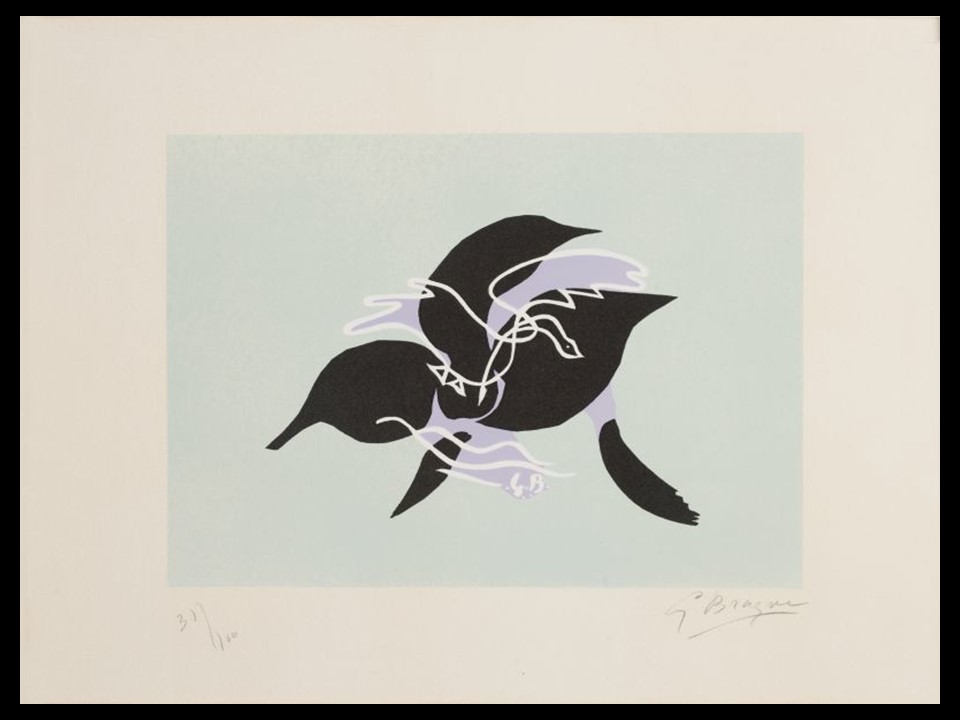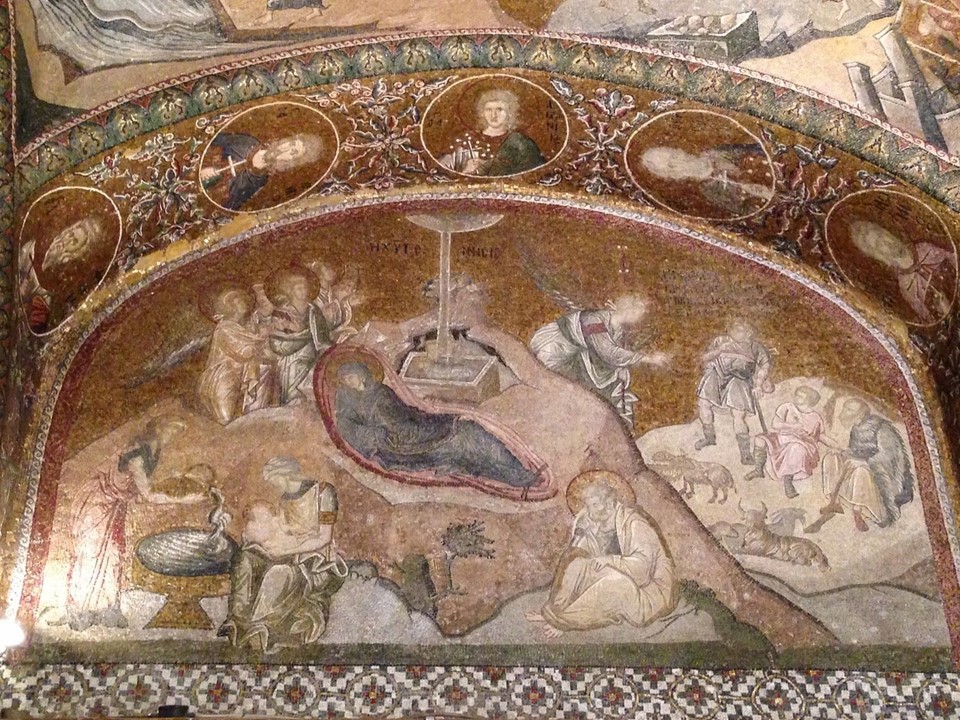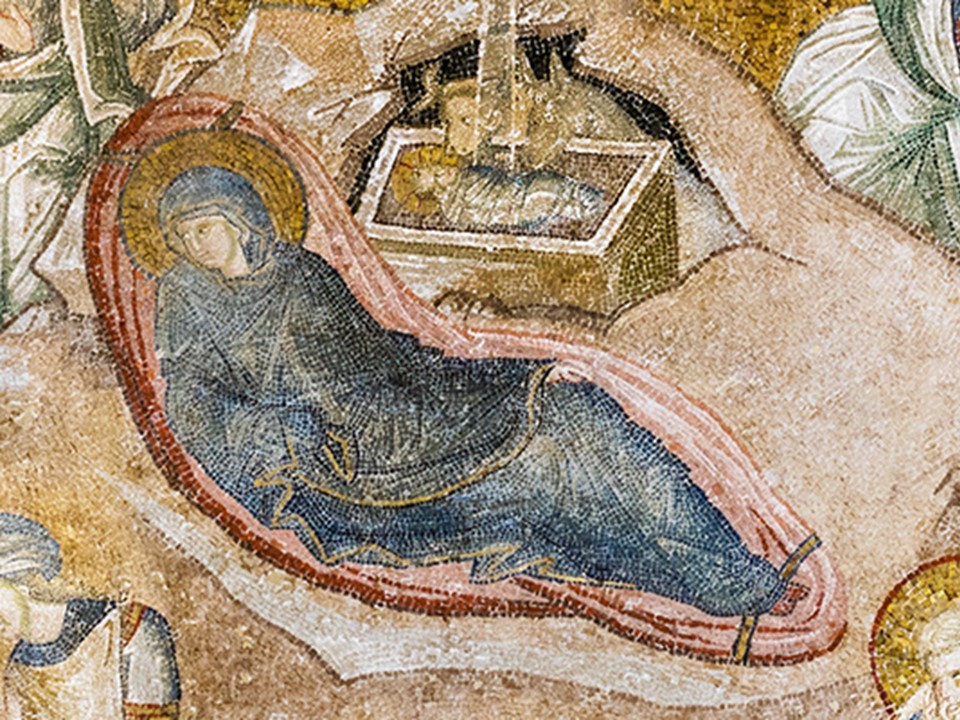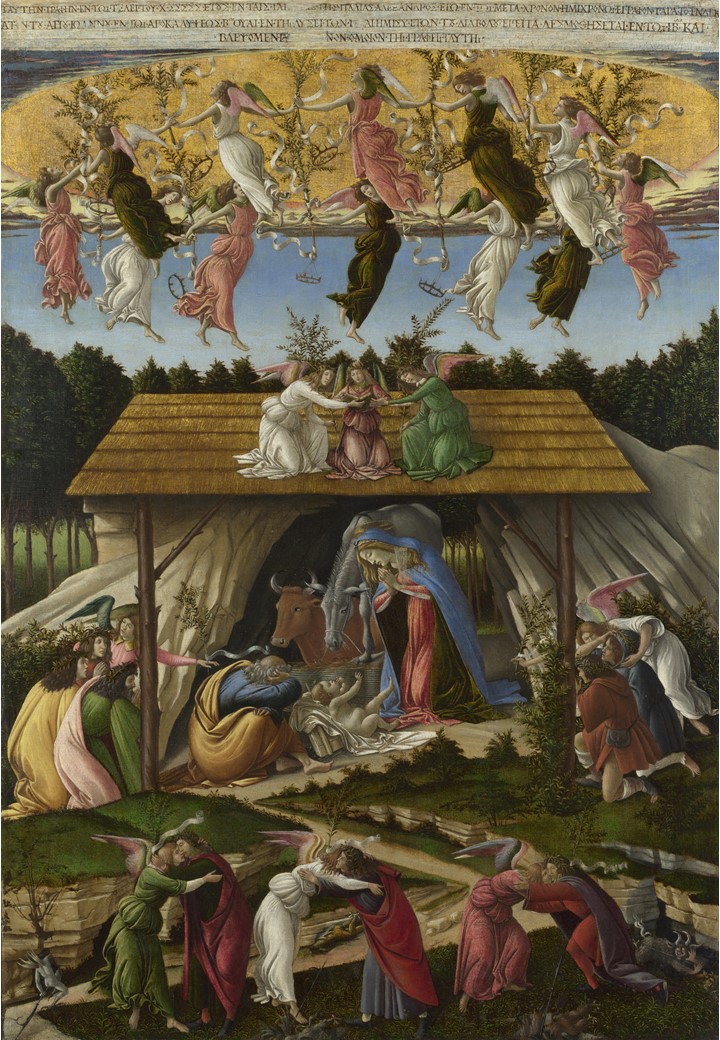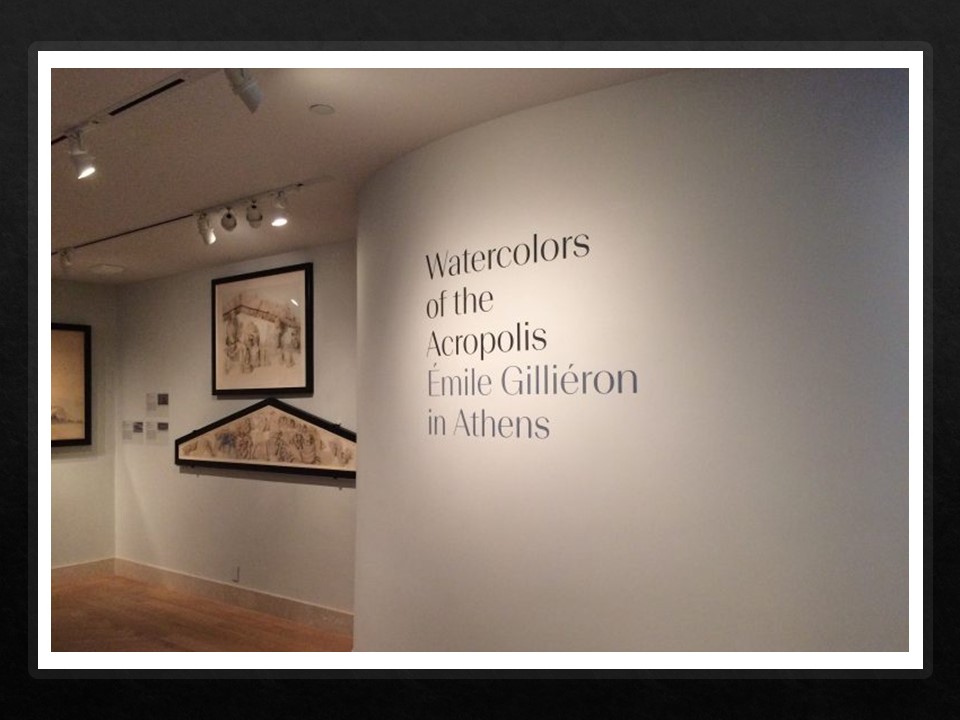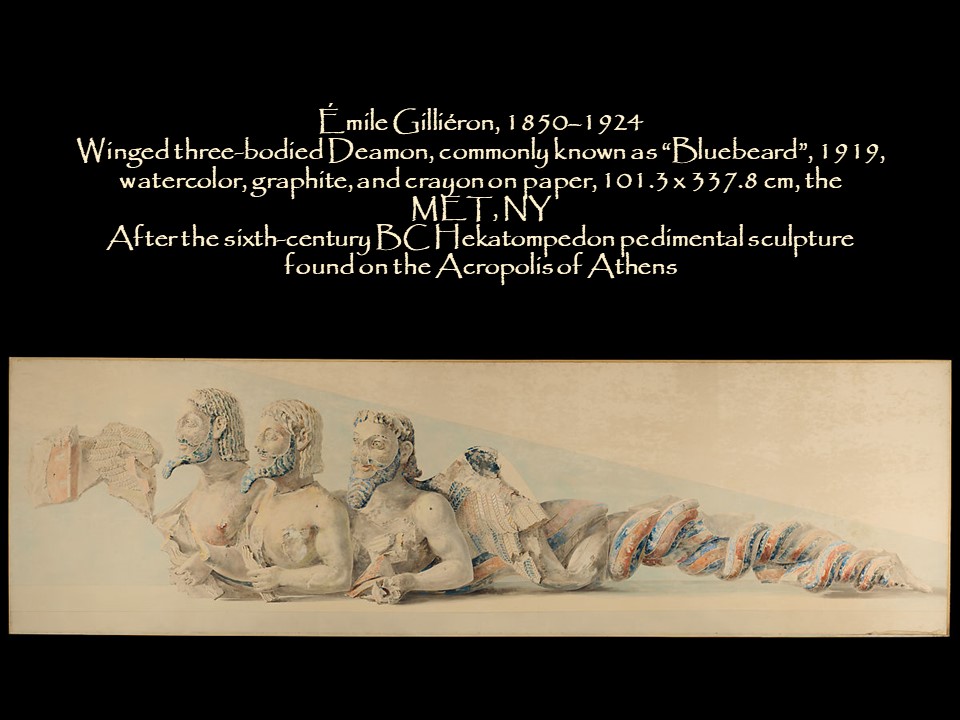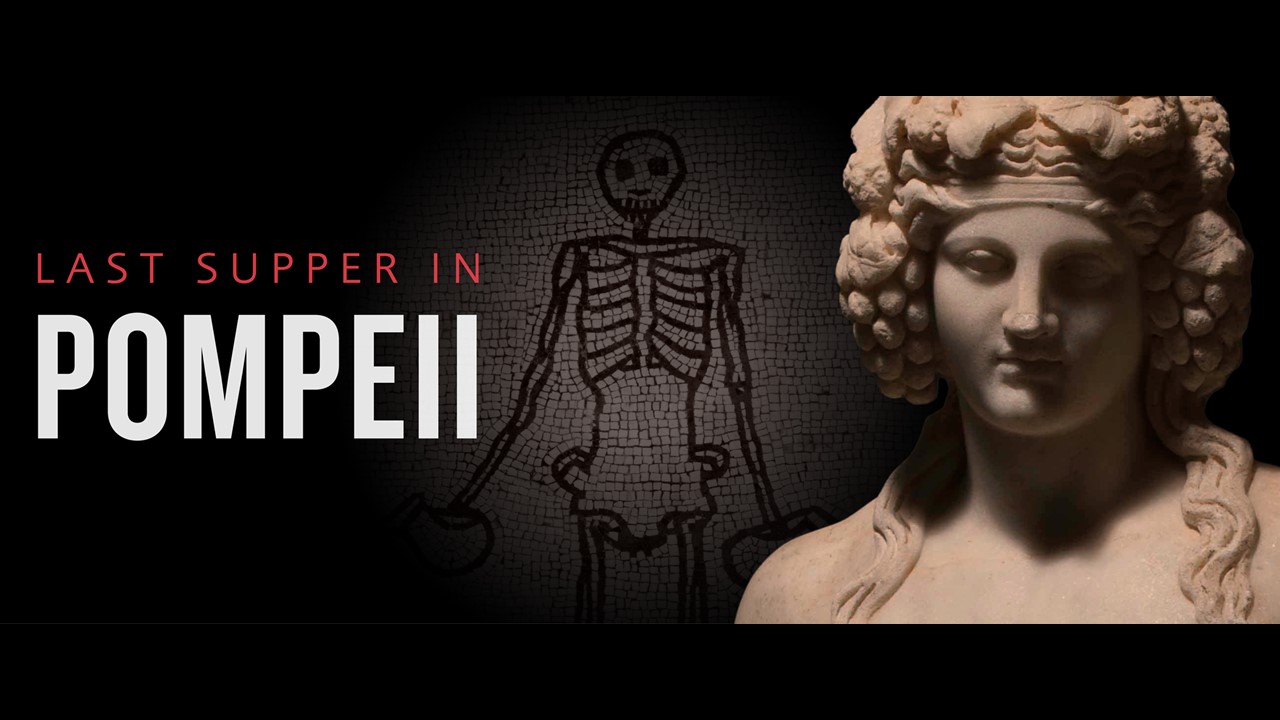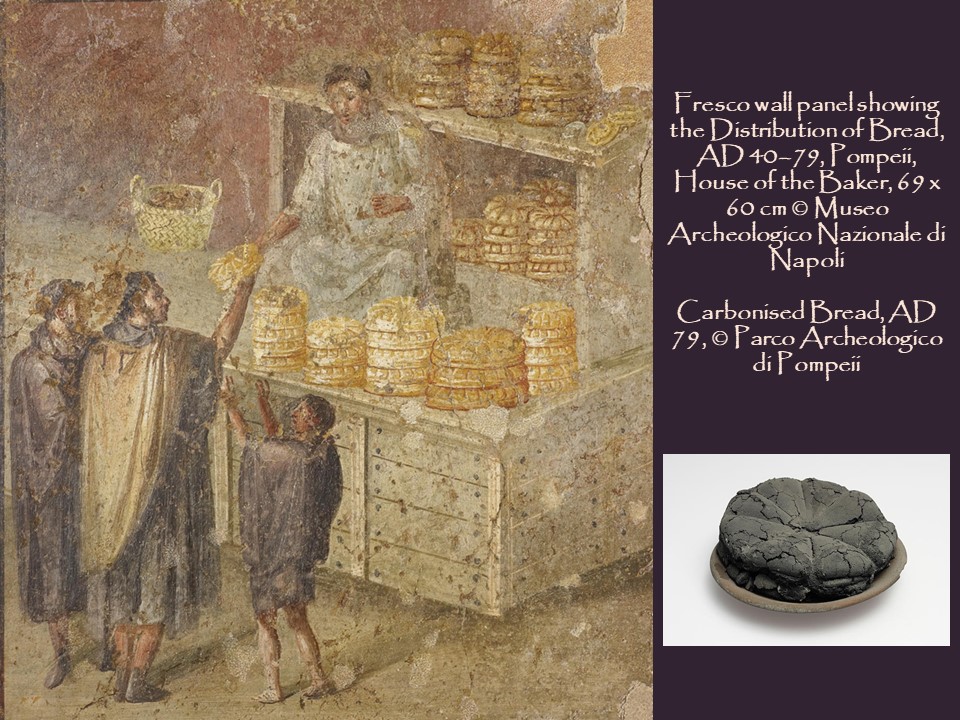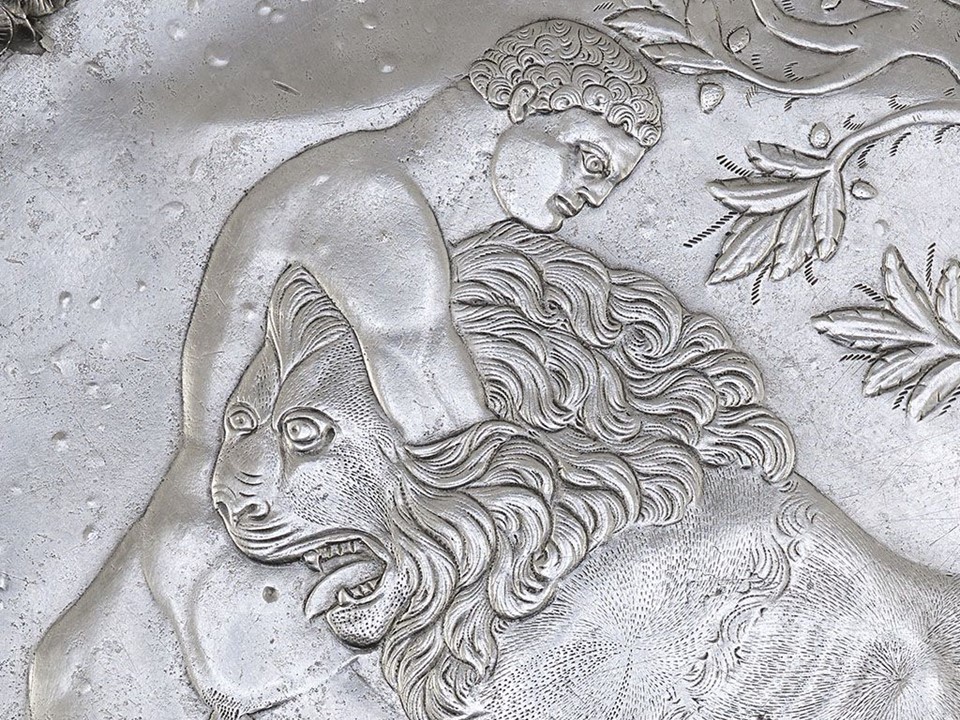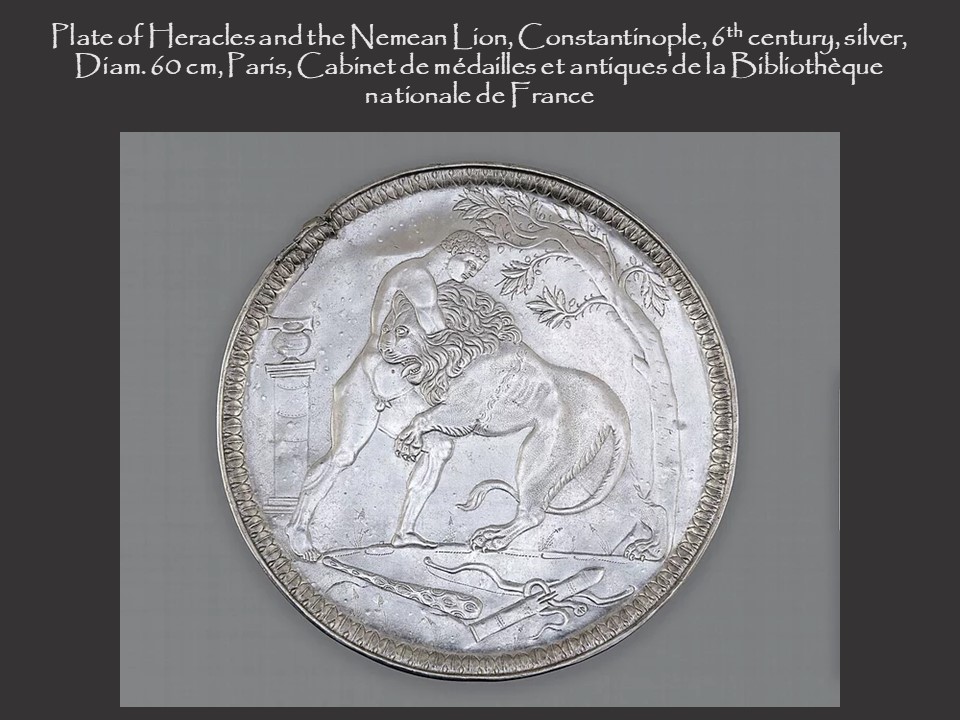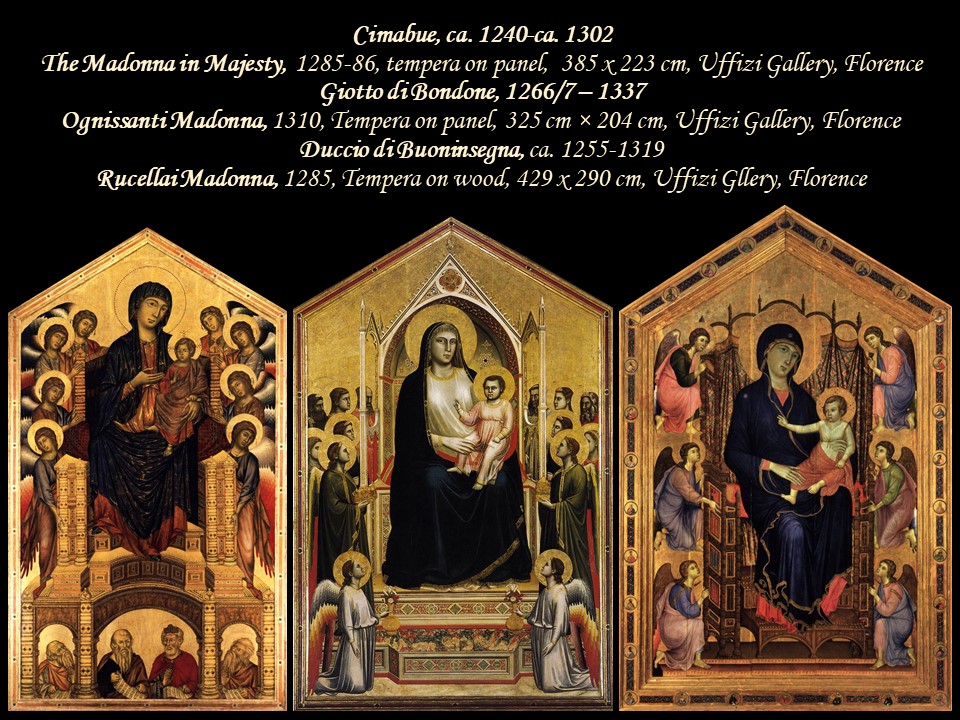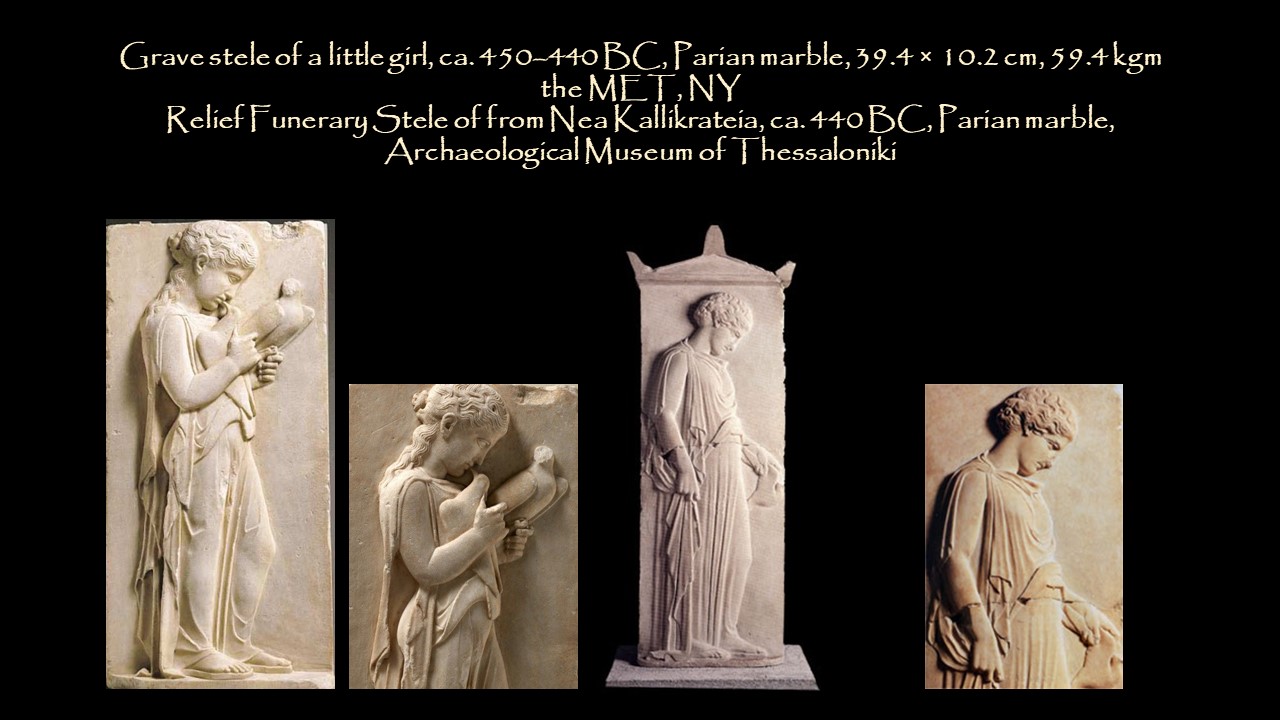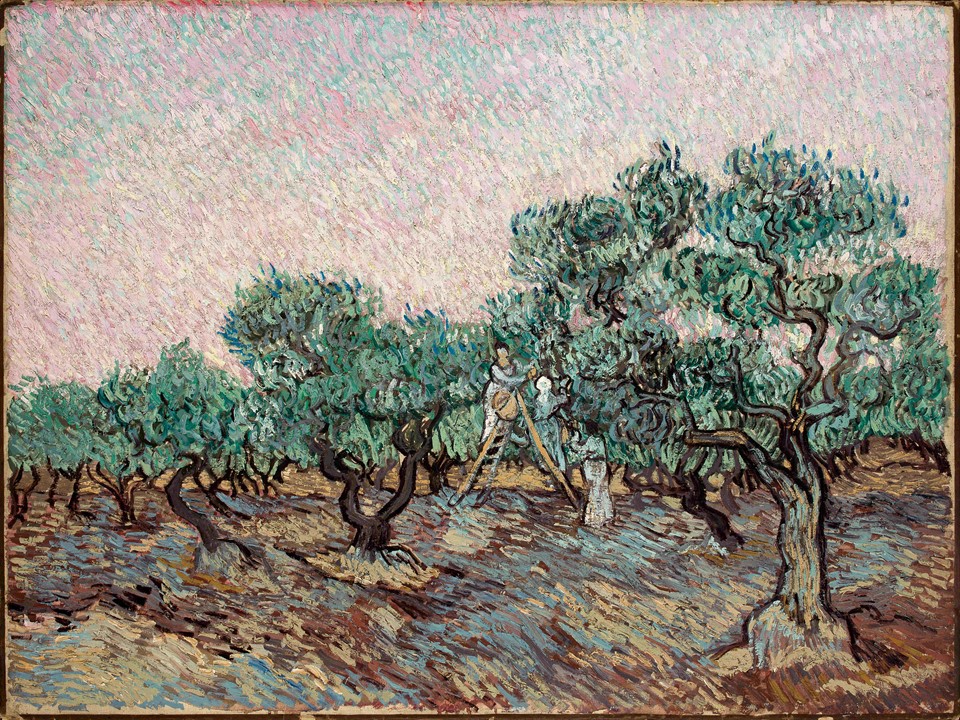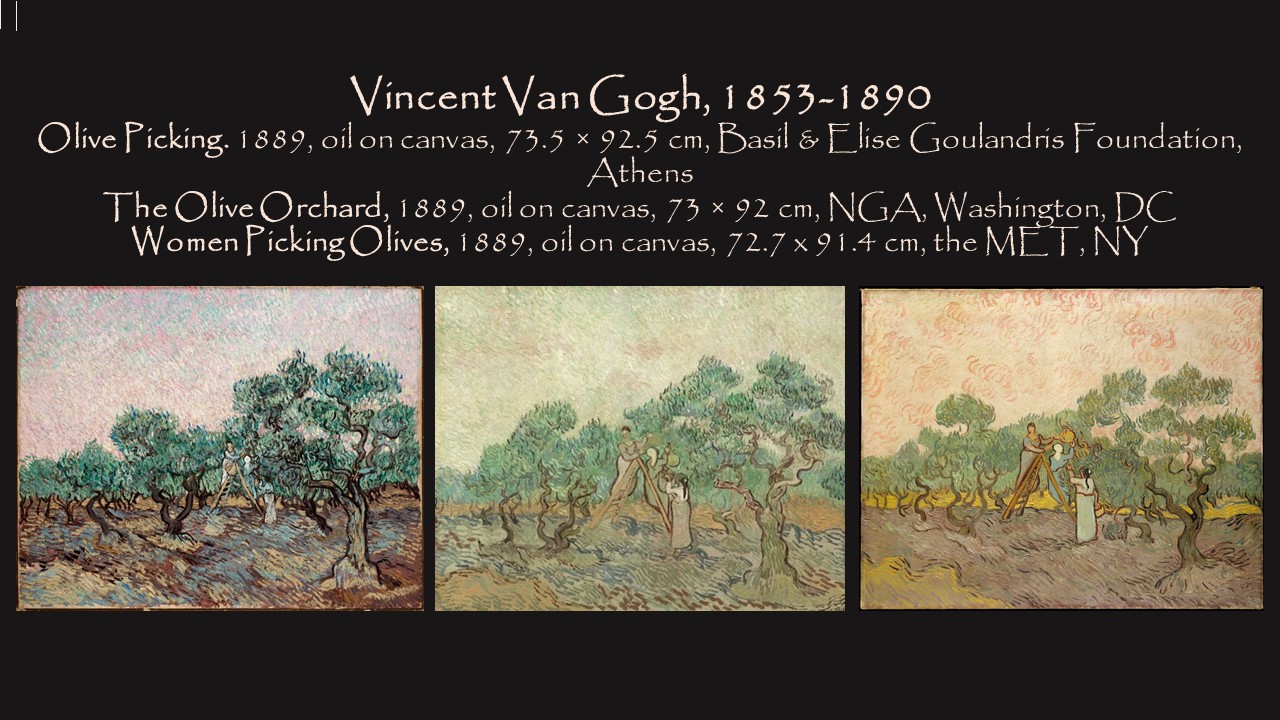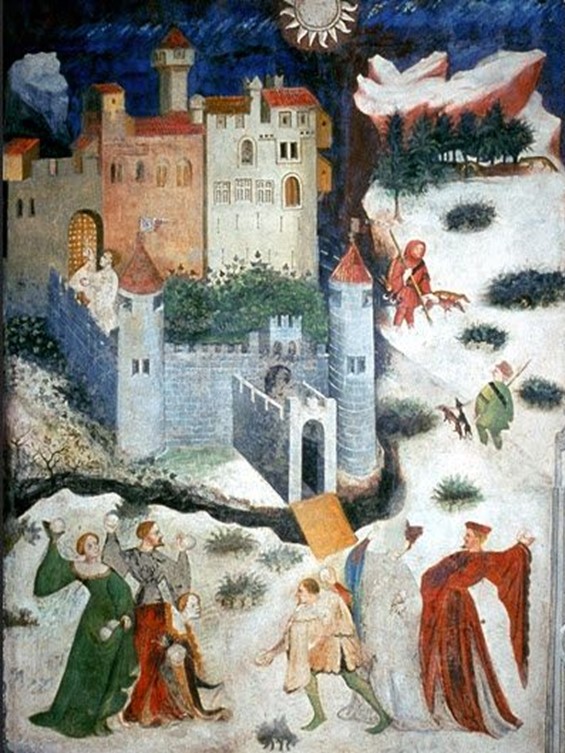
https://www.cultura.trentino.it/eng/Cultural-venues/All-cultural-venues/Documentation-centres2/Torre-Aquila-Aquila-Tower
The Month of January is a fresco, and it comes from the Torre Aquila in the Castello del Buonconsiglio, in Trento, Italy. It is part of an amazing fresco Cycle of the Twelve Months painted on the walls of the tower’s 2nd-floor main room. Today, only eleven of the original 12 panels survive as a 16th-century wooden spiral staircase, connecting the tower floors, destroyed the painted panel of March. The famous painted Cycle of the Months is divided into twelve panels, one for each month. Each one of the twelve panels is separated by a slender column, distinctive yet subtle, so as not to disturb the natural continuity between months and the seasons.
This exceptional room, 6 x 5,8 x 3 m in size, was commissioned by Prince-Bishop George of Liechtenstein, as a quiet, atmospheric retreat, away from the rest of the Castello’s busy and noisy state quarters. It has been suggested and widely accepted that the painter of this extraordinary fresco Cycle of the Months was Maestro Venceslao, a Czech painter, popular in the Tyrol area of the time.
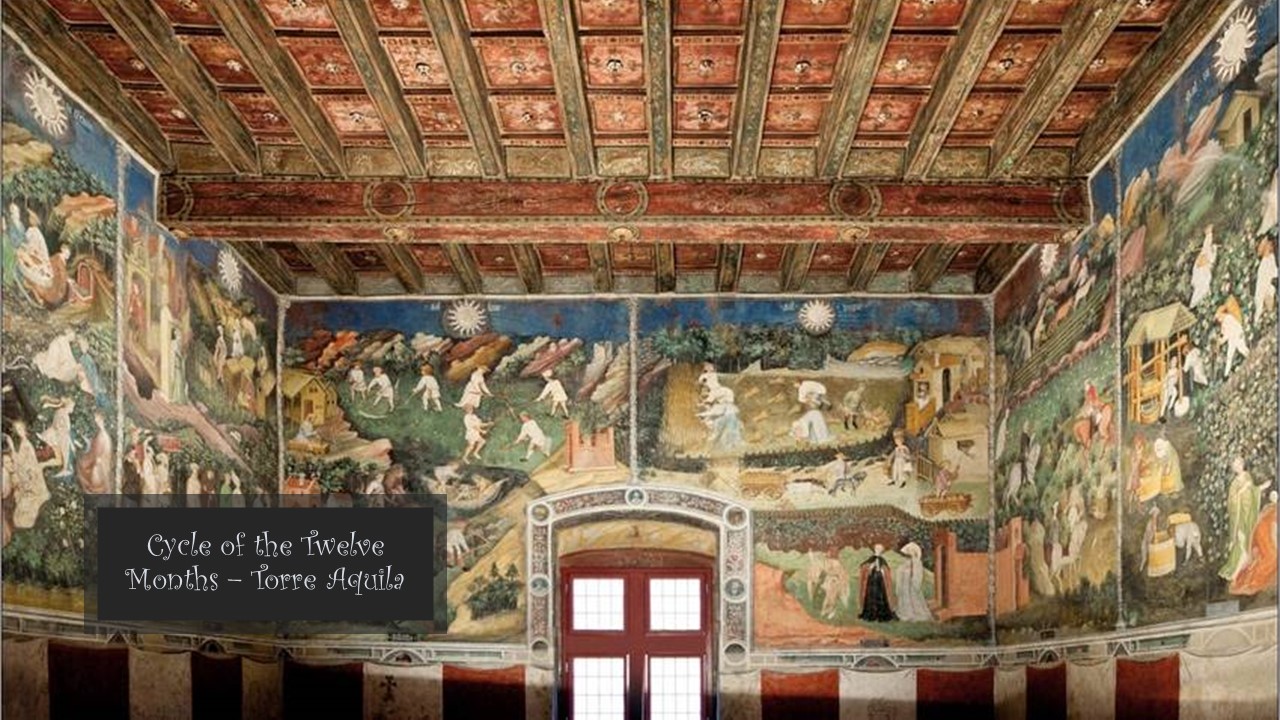
The Cycle of the Twelve Months is a favourite theme in the arts of the Middle Ages and the Early Renaissance. Often linked to the signs of the Zodiac, the Cycle of the Months is often perceived as a link between the work of man, the seasons of the year and God’s ordering of the Universe. As a theme, it recurred in the sculptural decoration of cathedrals and churches across Europe, in illuminated manuscripts like the popular Books of Hours, palace frescoes and rarely, panel painting.
The fresco panels in Torre Aquila are rare and special. They document life in the Trentino area, with references to the aristocratic pastimes throughout the year, or the peasant activities and duties to their masters. They also depict a vivid landscape, romanticized even then, from bare and covered with snow, to rich and fertile, to autumnal, covered with fallen leaves.
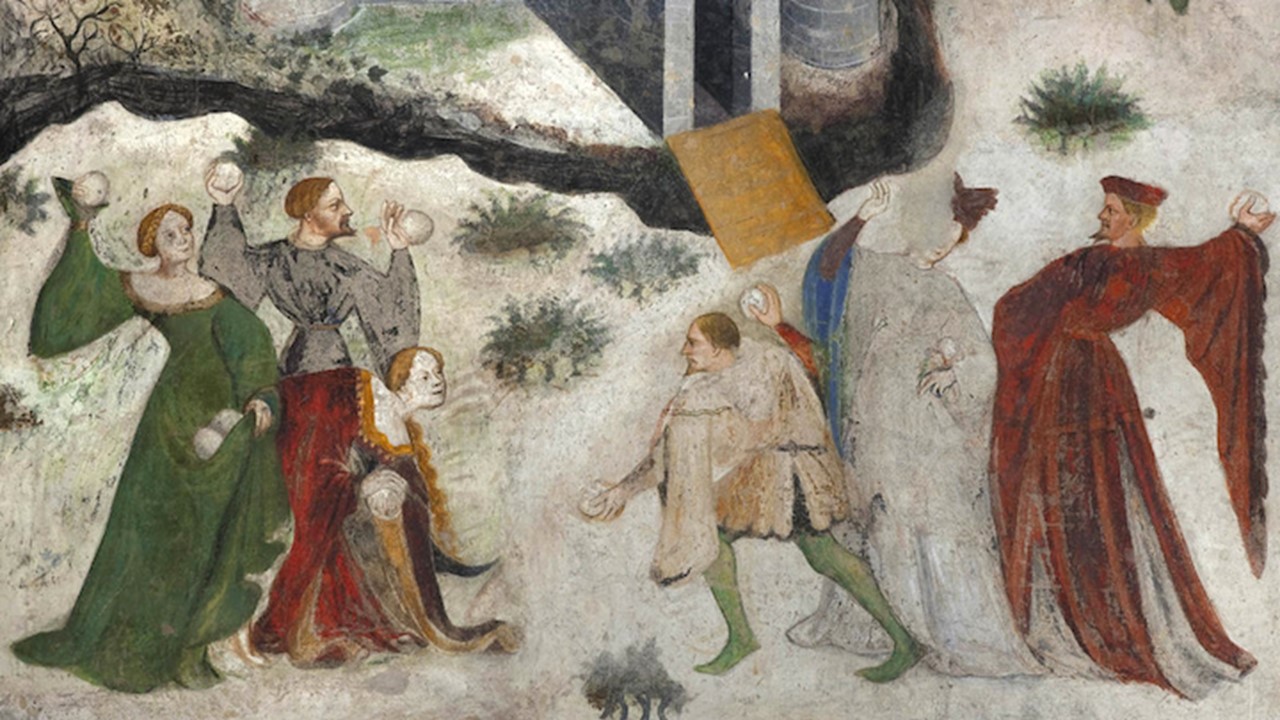
The Trentino frescoes love presenting anecdotal details. The depiction of fashionable outfits for the rich, multicoloured and extravagant in style, or shabby for the farmers and artisans, is only one such striking example. The January panel is “a case in point: nowhere else in art do aristocrats come to play in the snow, men and women alike, chuckling snowballs about with determined, impish delight, their long sleeves dragging in the drifts. Oddly – but surely intentionally – the castle’s roof is snow-free, and its garden is full of summer growth. It’s an image of the warmth of their protected life. Maestro Venceslao was painting a dream, but he wanted to make it as real as possible…”
The Best Art You’ve Never Seen: 101 Hidden Treasures From Around the World by Julian Spalding, Rough Guides Reference, 2010 https://books.google.gr/books?id=L3e0BgAAQBAJ&pg=PA11&lpg=PA11&dq=cycle+of+the+months+paintings&source=bl&ots=PDmmhZPn37&sig=ACfU3U0ZvpPwd-ZSa8dnhL4AUn2uBLt26g&hl=el&sa=X&ved=2ahUKEwjVxcGIzNzmAhWRGewKHQiuD5g4ChDoATAGegQIBxAB#v=onepage&q=cycle%20of%20the%20months%20paintings&f=false
For a PowerPoint, please… check HERE!
For a Student Activity on the discussed Fresco Panel depicting the Month of January, please… check HERE!
